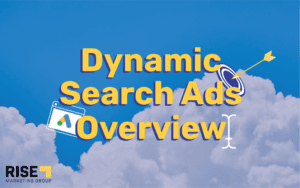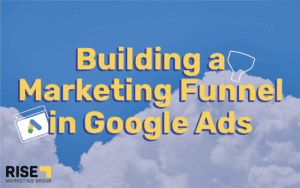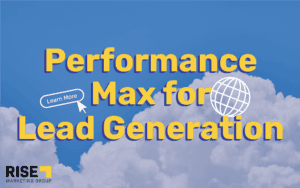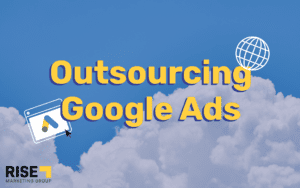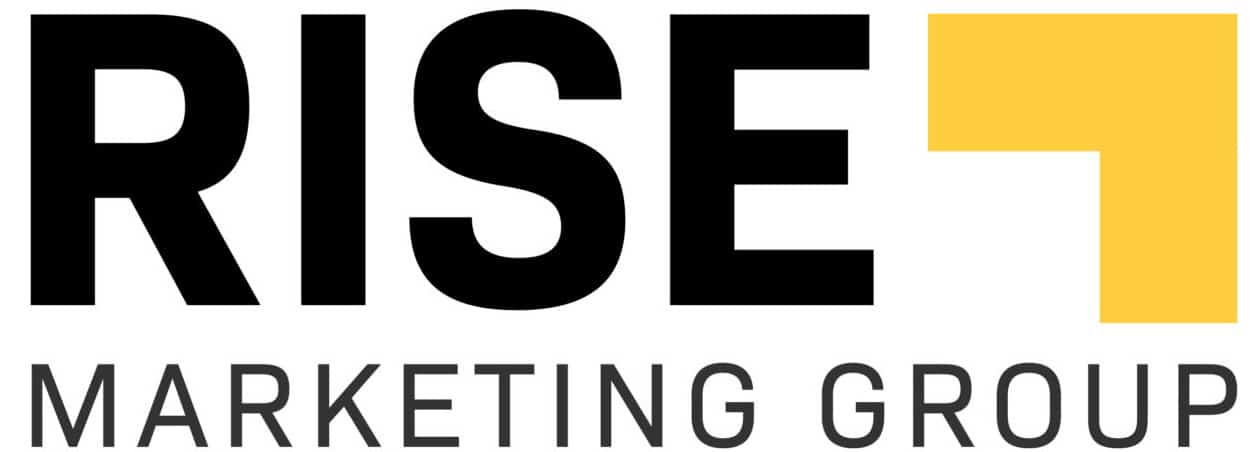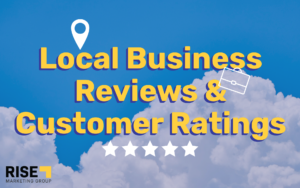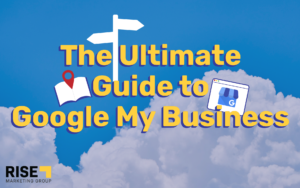Responsive Search Ads – Automation Continues to Drive Performance
Google Search Text Ads are undergoing significant changes, effective June 22, 2022. At that point, Google will only run Responsive Search Ads, which is part of Google’s suite of automated marketing tools to drive performance. This is another signal that Google is leaning heavily towards automation. With that, it’s important to understand where search text ads have been, and what’s forthcoming in 2022. To start, let’s walk down memory lane.Brief History of Google Search Ads
Expanded Text Ads (version 1) in 2016: A few years ago Google just allowed 2 headlines and one description. These ads were super tiny, and didn’t give much for the advertisers to promote. Advertisers simply uploaded one or two headlines, and one description. This was actually Google’s first big move to search text ads, prior advertisers could just have one headline. Google inserts more text ads to the SERP (Search Engine Results Page): In 2016, Google expanded the number of available text ads on the top of the SERP from 2 to 4. More ads gave advertisers more options to be present at the top of the search results.
Enhanced Text Ads (version 2): Google expanded text ads to have 3 headlines and up to 2 descriptions. This meant more real estate for advertisers, which yielded a higher CTR. Higher CTR meant more clicks for the advertisers. As with any change, the early adopters of the new format got a head start from the rest.
Google inserts more text ads to the SERP (Search Engine Results Page): In 2016, Google expanded the number of available text ads on the top of the SERP from 2 to 4. More ads gave advertisers more options to be present at the top of the search results.
Enhanced Text Ads (version 2): Google expanded text ads to have 3 headlines and up to 2 descriptions. This meant more real estate for advertisers, which yielded a higher CTR. Higher CTR meant more clicks for the advertisers. As with any change, the early adopters of the new format got a head start from the rest.
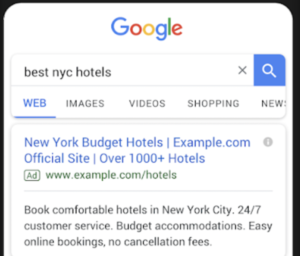 Responsive Ads for Display: Previously, Google Display Ads, were static and HTML banner ads uploaded into Google Ads, without accompanying text. Advertisers had to upload multiple creative sizes, to render into the available ad slots on given websites. Standard sizes were 300×250, 728×90, 160×600, and around a dozen other lesser known sizes.
For ease of simplicity, and ultimately better performance, Google created Responsive Ads for Display. Advertisers just had to upload multiple images, logo, videos (optional), headlines and descriptions. Google would do the hard work and configure the ads that:
Responsive Ads for Display: Previously, Google Display Ads, were static and HTML banner ads uploaded into Google Ads, without accompanying text. Advertisers had to upload multiple creative sizes, to render into the available ad slots on given websites. Standard sizes were 300×250, 728×90, 160×600, and around a dozen other lesser known sizes.
For ease of simplicity, and ultimately better performance, Google created Responsive Ads for Display. Advertisers just had to upload multiple images, logo, videos (optional), headlines and descriptions. Google would do the hard work and configure the ads that:
- Fit the ad slot of the given page
- Performed the best (optimal configuration of headlines, descriptions, images, etc.)
How Does Google Ads Generate Responsive Search Ads?
So, exactly how does Google Ads generate Responsive Search Ads? Google Ads allows you to input a few different headlines and descriptions. Automatically, Google Ads will test combinations of the headlines and descriptions you provided over time to collect data on which text performs best. For each responsive search ad, you can include a maximum of 15 headlines and 4 descriptions. The more headlines and descriptions you provide to Google, the more opportunities it has to test each combination out, resulting in the best possible results for your ad campaigns. Automation makes everything easier, doesn’t it? It provides an efficient way of creating thoughtful, metrics-driven content that your target audience will respond best to. Google’s machine learning capabilities analyze previous landing pages and ad copy in order to formulate new ads based on your provided headlines and descriptions. Automation allows marketers to focus more on content to provide the best ads possible.Unique Opportunities with RSAs
Aside from the added benefit of higher CTRs, which typically yield lower CPCs that come along with RSAs, the biggest benefit is a feedback loop to share which headlines / descriptions are best / worst. Within Google’s reporting, it will share which headlines are the top performers (and laggards), same for descriptions. This is highly valuable as it’s based on algorithmically derived data (not just a hunch), and provides this in an easy to read interface. The alternative is downloading performance of all standard text ads, and with the help of some excel wizardry (including copious amounts of pivot tables), try and find out which headlines and descriptions boosted ad performance. I’ve been there many times before and it’s not fun, nor conclusive :). This is no more, this data is right in front of the advertiser to leverage. How we would recommend to leverage this is as follows (not rocket science, but it will help drive performance):- Pull the under-performing assets, replace with new concepts to layer in
- Expand this learning to other platforms!
- I believe this is highly overlooked, if Google’s algorithms determined that certain headlines and descriptions are the clear front runners – why not share this knowledge.
- This should then be shared for your social ads, to see if Google’s derived data can help write better copy for social ads, other display ads, and maybe even SEO title and meta descriptions.
How this Fits in with Automation at Large
Automation for advertising is leveraging algorithms and predictive analytics to modify ad campaigns, to drive better advertiser performance. Automation for ad formats within Google Ads is just one story line of a larger movement towards automation. Google has rolled out many enhancements with automation as the core foundation. This includes automated bidding, smart display campaigns, etc. Based on significant testing over the past 5+ years of automation within advertising, it’s highly encouraged to embrace automation. However, it’s extremely important to have a solid marketing acumen to feed and oversee the system. If marketers provide the algos with amazing copy, strong conversion data, relevant targeting and clear marketing goals – it will perform. Alternatively, if marketers feed lack luster copy, generic targeting, no conversion tracking (nor marketing goals), the campaigns won’t perform. As parting words, ditch enhanced text ads – dive right into responsive search ads.Read more of our Google Ads Blog Posts and Best Practices
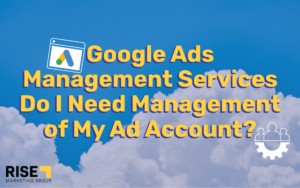
Google Ads Management Services – Do I Need Management of My Ad Account?
October 13, 2023
No Comments
Read More »
